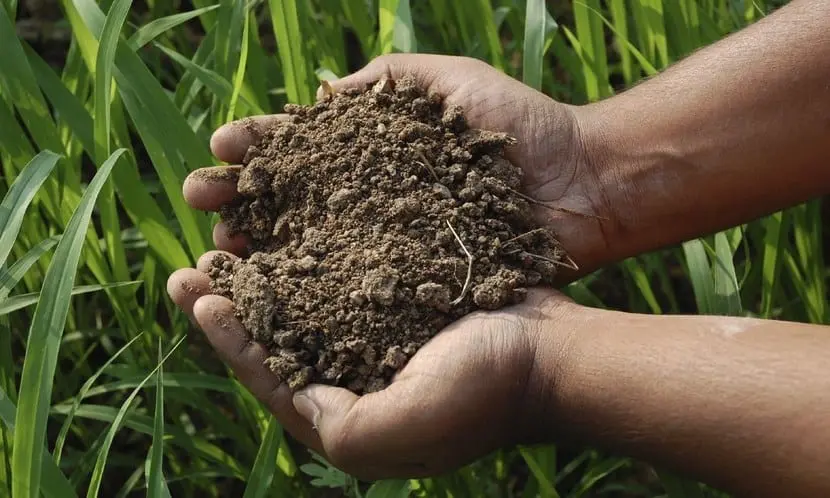If we have land that has suffered the effects of erosion, or if plants have been cultivated for years without any control, it is most likely that the land has ceased to be fertile. When that happens, we have to provide materials, preferably organic, so that the soil becomes arable again.
But what are soil amendments?
Index
- 1 What are they?
- 2 When do they apply?
- 3 What are its benefits?
What are they?

An amendment is the contribution of a fertilizer or materials that improve the quality of a soil, its structure, its composition, the pH, and the availability of nutrients. There are several types:
- Organic products : such as guano, manure or purines. They are the most recommended, since they benefit both the structure of the soil and the microbial life in it. In addition, they favor water retention and increase the availability of nutrients.
- Limestone or sulfur : they are used to modify the pH, that is, to make a soil more alkaline or more acidic.
- Gypsum – Gypsum is applied to lower the sodium of a sodic soil.
When do they apply?
Amendments can be applied whenever necessary , but it is especially advisable when the soil has been “mistreated”, that is, when it has been eroded, or when some plants have been intensively cultivated.
They can also be applied in cases where we want to improve the properties of the terrain; for example, if we have soil that is poor in nutrients, too acidic or alkaline, or with difficulties in retaining water.
What are its benefits?

Contributing amendments brings with it several very interesting benefits:
- They improve water retention.
- They unlock minerals.
- They increase the percentage of organic matter.
- They activate the microbial flora, which favors the development of the roots.
As you can see, amending the soil is a task that can help us have better crops and a more beautiful garden 🙂 .

